Do you enjoy a good glass of Sangiovese wine? If so, you’re in luck, because we’ve got six wines similar to Sangiovese that are just as delicious. Whether you’re looking for a red wine that’s light and fruity or one that’s robust and full-bodied? We’ve got you covered.
Keep reading to learn more about these wines and find the perfect one for your next dinner party or gathering with friends.
The Profile of Sangiovese Grapes And Wines
The Sangiovese grape is one of the most popular Italian red wine grapes in the world. It is a versatile grape that is used in a variety of wines, from complex Super Tuscans to light and fruity Chianti wine and vino nobile di montepulciano. Originally from Tuscany, Sangiovese has become one of the most widely planted grapes in Italy.
The name “Sangiovese” comes from the Latin word for “blood of Jove”. This is fitting given the deep red color of the wines made from this grape. Sangiovese are typically medium-bodied wines with high acidity and moderate silky tannins.
What does Sangiovese wine taste like?
Sangiovese grapes are known for their high acidity and strong tannins, which give the wines a robust structure. They often have flavors of sour cherry, earth, and spice, making them incredibly food-friendly. Given the sangiovese taste`s food-friendly nature and wide range of styles, it’s no wonder that Sangiovese is one of the most popular red wine grapes in the world.
Fruit-Forward Sangiovese wine
Sangiovese wine is renowned for its fruit-forward profile, showcasing vibrant red fruit aromas such as cherry, raspberry, and cranberry. The acidity in Chianti classico wines adds a refreshing zest that balances the fruity flavors, creating a harmonious blend of flavors on the palate.
This characteristic acidity in vino nobile di montepulciano and Chianti classico not only enhances the overall drinking experience but also makes Sangiovese wines incredibly food-friendly.
Chianti vs Sangiovese Wine
The fruit-forward nature of Sangiovese wine is deeply rooted in the grape variety’s inherent characteristics and terroir influences. The Tuscan region, particularly Chianti Classico and Brunello di Montalcino DOCG areas, are renowned for producing Sangiovese wines with intense fruit aromas.
These italian wines often exhibit a unique sense of place with nuances ranging from dried herbs to leather notes, adding layers of complexity to the fruit-forward profile.
Chianti DOCG is a particular wine designation whereas Sangiovese grapes are the varietal used for it .
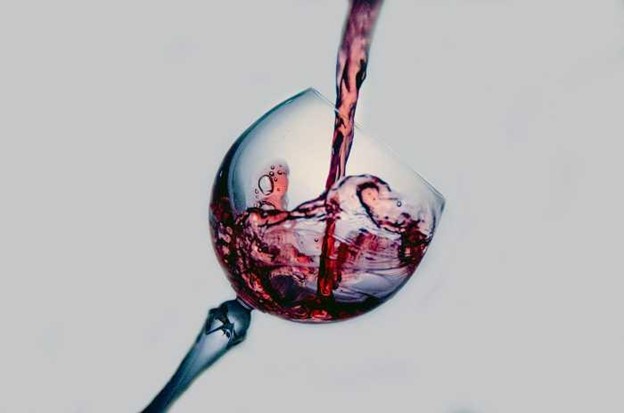
While Sangiovese wines can vary widely in style, there are some common characteristics that many of these wines share. First, Sangiovese wines are typically fruity and bright, with moderate acidity levels. Second, they often have subtle flavors of earth and spice, which make them great for food pairings.
Rosso di montalcino
Rosso di Montalcino, often referred to as the younger sibling of the illustrious Brunello, is a wine that deserves more attention than it often receives. Made primarily from the Sangiovese grape, this vibrant red showcases a different facet of the famed terroir of Montalcino. While Brunello commands hefty prices and demands years of aging, Rosso di Montalcino offers an accessible entry point for those looking to explore the region’s winemaking prowess without breaking the bank.
7 Alternate Wines To Sangiovese
If you’re a fan of wines made with the Sangiovese grape, then you’ll want to try some of these other wines that are similar in taste and aroma. From other Italian wines made with Sangiovese to wines from around the world that share some of Sangiovese’s key characteristics. There are many delicious options to explore.
Barbera
Barbera wines are similar to Sangiovese wines in many ways. Both wines originate from Italy. Whereas Sangiovese wine originates from Tuscanny the Barbera grape originates from Piedmont further north. Both wines are known for their characteristic fruitiness and velvety texture. The aromas of Sangiovese can vary depending on growing conditions. They show pepper and lovely tart cherry flavor cherry with subtle hints of spice.
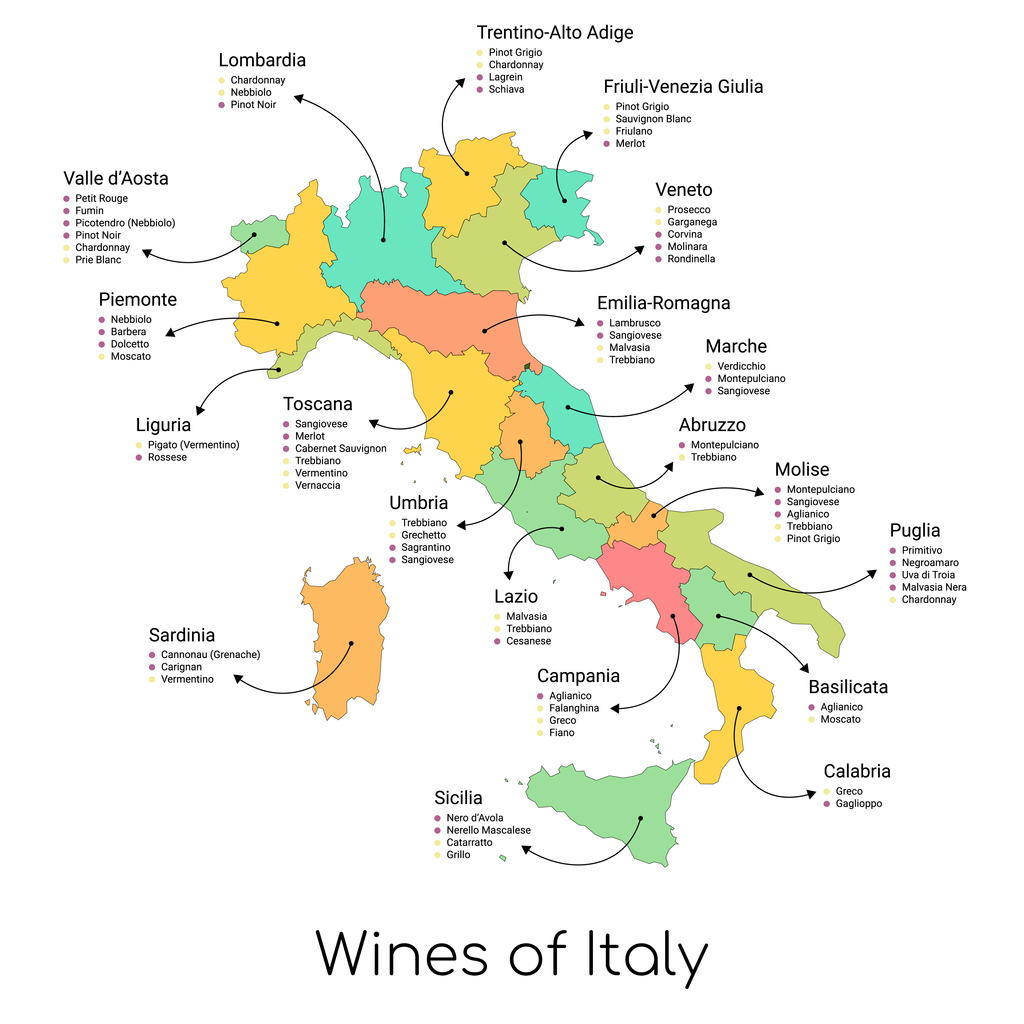
Similarly, barbera wines have fruity aromas that range from tart green plum to rich cherry or blackberry. In terms of texture, both wines are silky smooth, with soft tannins that give them a lively acidity on the palate. Overall, if you enjoy Sangiovese wines, there’s a good chance you’ll also enjoy Barbera wines as well.
Cabernet Sauvignon
Cabernet Sauvignon is one of the most popular planted grape varietals in the world, and it can be used to produce a wide range of wines that vary in style and flavor. For example, aged Cabernet Sauvignon can be very similar to Sangiovese wines, due to their similar flavor profile.
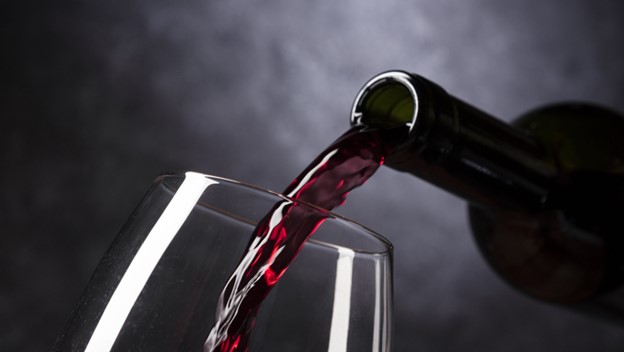
While Sangiovese is often perceived as being an earthy and full-bodied wine. Cabernet Sauvignon tends to offer more fruit notes with a hint of tobacco or oak barrel. In addition, Cabernet Sauvignon typically has less acidity than the Sangiovese grape, which some drinkers find both appealing and refreshing.
Ultimately, while these two wines are quite distinct from each other, they share some common qualities that make them a great pairing for many meals. Whether you prefer bold reds or light whites, these distinctive wines are definitely worth exploring.

Zinfandel
Zinfandel is a variety of red wines that has many similarities to the classic Italian varietal, Sangiovese. Like Sangiovese wines, Zinfandels typically exhibit rich, full-bodied flavors and high tannin levels. They are also noted for their deep color, fruity notes, and spicy character.
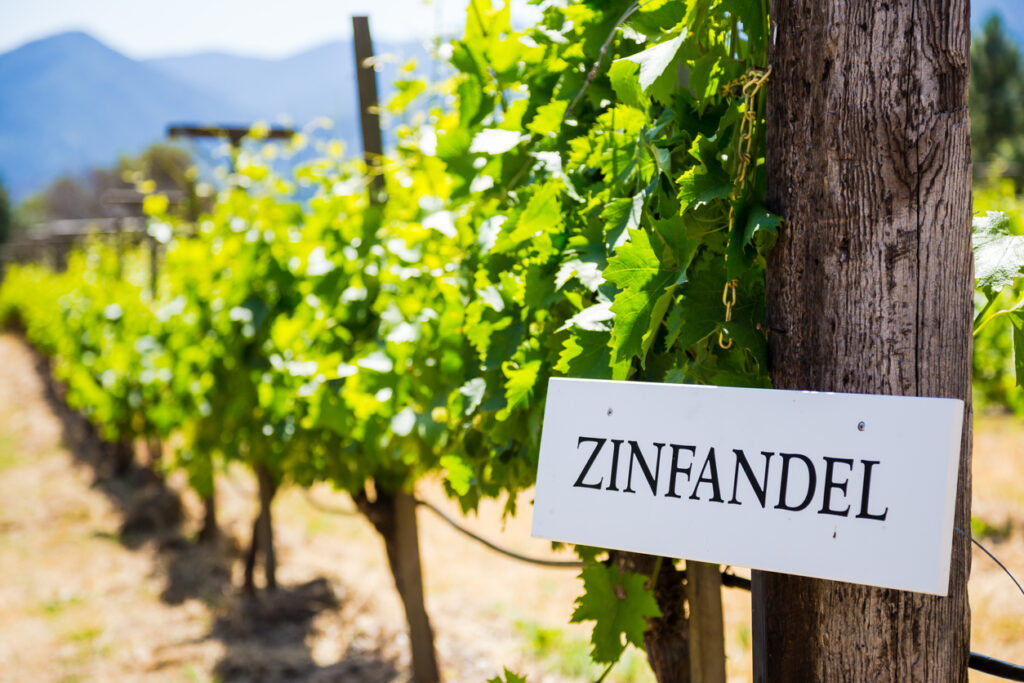
Zinfandels can vary widely in flavor depending on the region where they are grown. Wines from regions such as California and Australia tending to be more fruit-forward and jammy, while wines from places like Italy exhibit notes of violet and earthy minerality.
Whether you’re looking for a bold and complex red or a juicy glass of wine perfect for summertime sipping, Zinfandel wines are an excellent choice that truly stands apart from other wines in the same category.
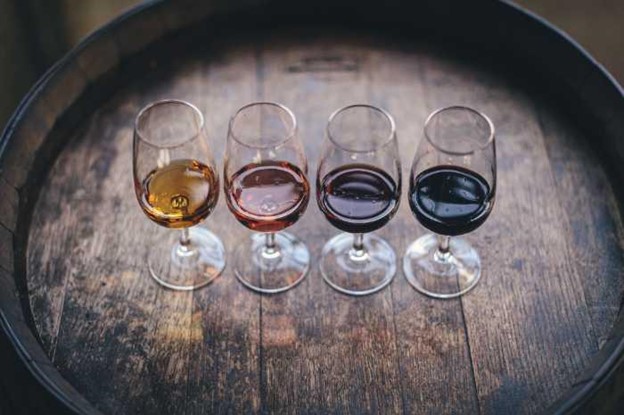
Merlot
Merlot is one of the most popular wines in the world and is characterized by its deep, bold flavors and rich texture. Although it is often associated with Cabernet Sauvignon, Merlot actually has a great deal in common with Sangiovese wines. Like Merlots, Sangiovese wines are well-balanced blends of lush fruit notes and spicy undertones and show a striking ruby red color.
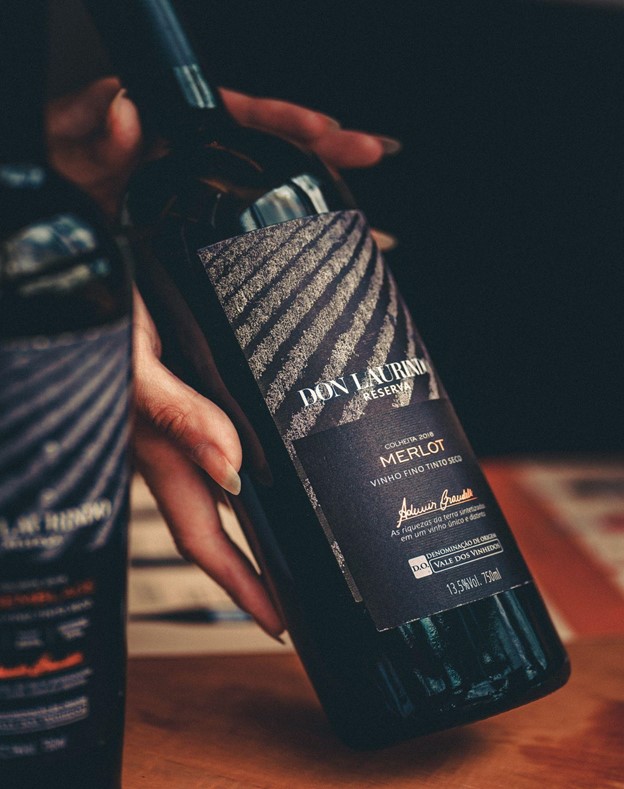
Additionally, these wines are typically aged in oak barrels for several months to help develop their complex flavor profiles. Whether you prefer an elegant glass of Merlot or a robust bottle of Sangiovese wines, there’s no doubt that both are among the finest examples of viticulture around.
Tempranillo
If you’re a fan of Sangiovese wines, then you’ll likely enjoy Tempranillo wines as well. Both varieties are light-bodied and fruity, with notes of raspberry, spice, and cherry flavors,
Tempranillo wines tend to be a bit more tannic than Sangiovese, however, so they can pair well with heartier dishes. If you’re looking for a Tempranillo wine to try, we recommend the Rioja Alavesa region of Spain.
The climate there is perfect for growing this variety of grape, and the resulting wines are truly outstanding. So if you’re in the mood for a Sangiovese-style wine, be sure to give Tempranillo a try. You won’t be disappointed.
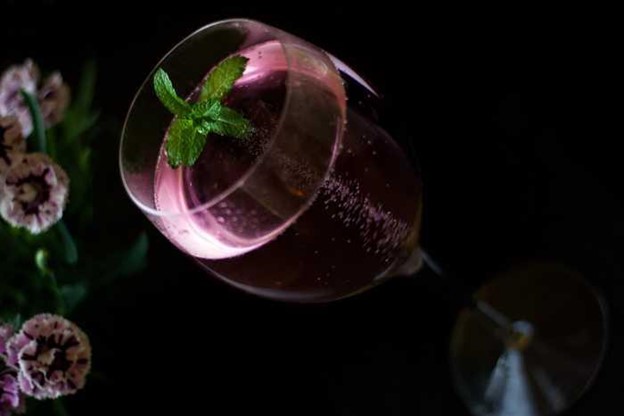
Brunello di Montalcino
If you’re a fan of Sangiovese wines, then you’ll love Brunello di Montalcino. Produced in the Tuscan region of Italy, Brunello di Montalcino is a red wine made primarily from the Sangiovese grape.
Like Sangiovese, Brunello di Montalcino wines are known for their high acidity and firm tannins. However, they are also noted for their complex flavor profile, which often includes hints of cherries, chocolate, and spice.
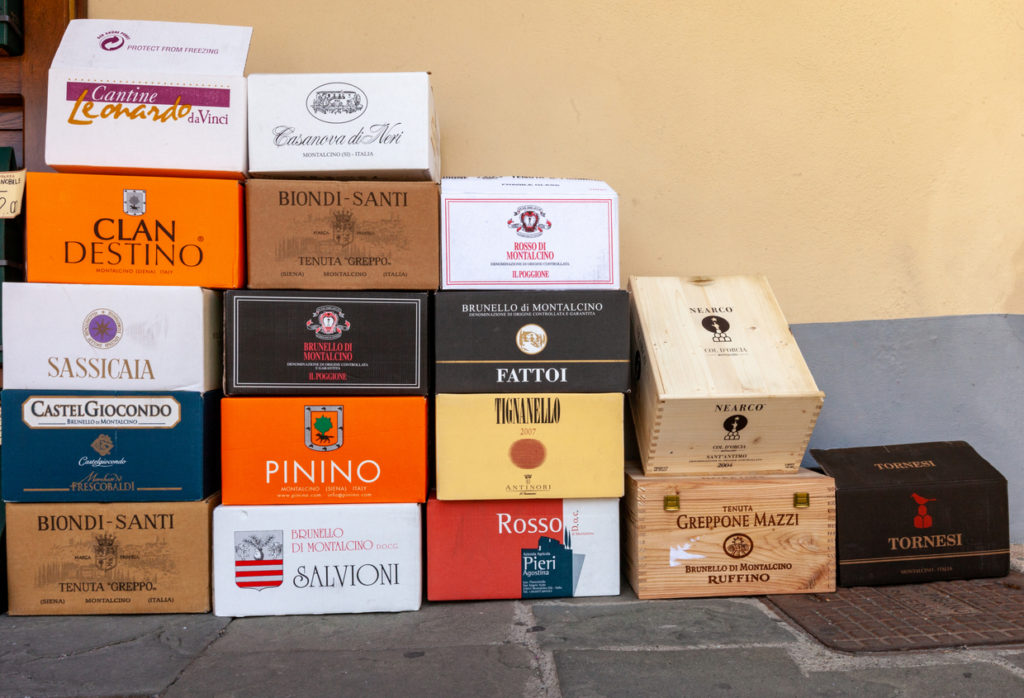
Due to its stunning complexity, Brunello di Montalcino is one of the most popular Italian red wines among wine lovers and connoisseurs. If you’re looking for a Sangiovese-based wine that offers something a little extra, then Brunello di Montalcino is a perfect choice.
Pinot Noir
When comparing Pinot Noir as an alternative to Sangiovese, it’s essential to consider the differences in acidity. While Sangiovese tends to have higher levels of acidity, Pinot Noir offers a more delicate and refined acidity profile. This difference impacts the overall taste experience, with Pinot Noir showcasing a smoother and silkier texture on the palate.
In terms of flavor, Pinot Noir exhibits notes of red fruit such as dark cherry and raspberry, along with earthy undertones that add complexity to its profile.
Conclusion: 7 Alternatives To Sangiovese Wines
Sangiovese is a versatile wine that can be enjoyed with a variety of foods. If you’re looking for a wine that has similar characteristics to Sangiovese, try one of the options mentioned in this post.
So the next time you’re looking for alternative wines similar to Sangiovese why not explore some new wines and see which one you will enjoy.

